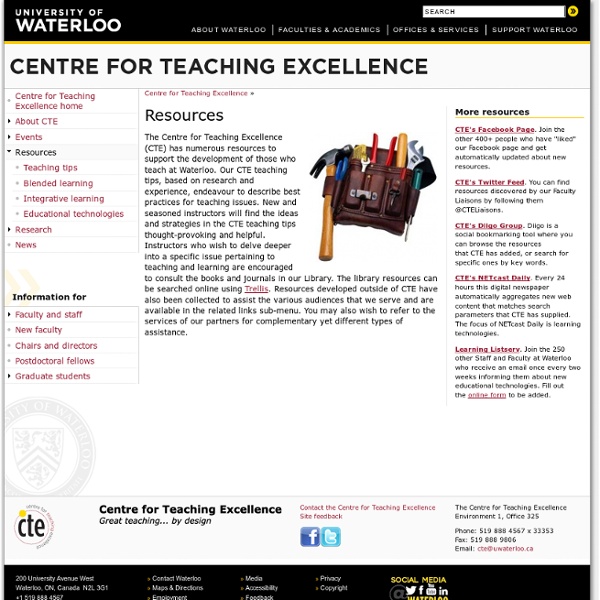Zoom
Trash
Related:



Woodhull Sexual Freedom Alliance - Captive Virgins, Polygamy, Sex Slaves: What Marriage Would Look Like if We Actually Followed the Bible by Valerie Tarico | March 30, 2012 Traditionally, Republicans tend to run on a platform of God, guns and gays. This time, it’s God, gyne-policy and gays – a set of urgent priorities straight from the mouths of conservative bishops and evangelists who call themselves Bible believers. There’s no way to understand politics anywhere without understanding religion, but to an outsider American Christianity — and so American politics — can seem almost incomprehensible. The ever faster splintering of denominations and non-denominations, from crystal cathedrals to house churches gives a particularly elevated status to the Bible, which is why, along with the Catholic bishops and charismatic preachers we find the Good Book in the middle of our public policy debates. Not all Christians share this view. A Christian’s view of the Bible often dictates social and moral priorities, which brings us back to the current political context.
A female prisoner at Auschwitz kills a guard Excerpts from Oral Histories: Wisconsin Survivors of the Holocaust from the Wisconsin Historical Society Walter Peltz, imprisoned at Auschwitz 1943-1944, witnessed the events that led to a guard's murder and the subsequent retaliation by the Germans Listen to audio "Now those women were not allowed to go during the day to the barracks. They were getting dried out from the sun and hunger, no food, no water, clothes were shabby and torn. So when they brought in the shingles and they unloaded the shingles next to a barrack, and when the truck left, some of those girls climbed up on the shingles and they did sit down on the shingles. He came in all around, came into the camp there, to that section, and started to beat and kick the women. But this woman had a lot of guts to go up to him and told him and says, 'The shingles are more important than human beings, that you are killing so many?' And she pointed her finger to the crematorium. [...] Peltz Interview, Tape 4, Side 2Transcript page 73 (PDF, 802 KB)
Film Collection - National Film Board of Canada - Reaction: A Portrait of a Society in Crisis The National Film Board of Canada’s film collection now comprises over 13,000 titles. Available in English and French, this imposing collection consists of social documentaries in a range of styles and trends, Second World War propaganda films, newsreels or newsmagazines, and sponsored films commissioned by other federal government departments. It also includes experimental films, Web documentaries, interactive productions and auteur animation created with an endless variety of animation techniques (some developed entirely or partly at the NFB), as well as short and feature-length dramas made for television or theatrical release. Date modified:
Teaching strategies If you have dropped into this Course Design Tutorial from somewhere else, you might wish to start at the introduction, overview, or table of contents. If you are working through the tutorial, you should have completed Part 2.1 before beginning this section. At this stage of the tutorial, you have set overarching goals, organized content, and developed a course plan with ideas for how to give students the practice that will make it possible for them to achieve the course goals. In this section of the tutorial, you will make choices about what you will have students do in order to learn the course content and practice the goals. Before presenting a smorgasbord of teaching strategies, this section of the tutorial will explore briefly what is known about how people learn. Start by downloading the worksheet (Microsoft Word 22kB Jun16 05) that goes with this part, and use it as you work through the sections below. Student Learning Research shows clearly that a person must be engaged to learn.